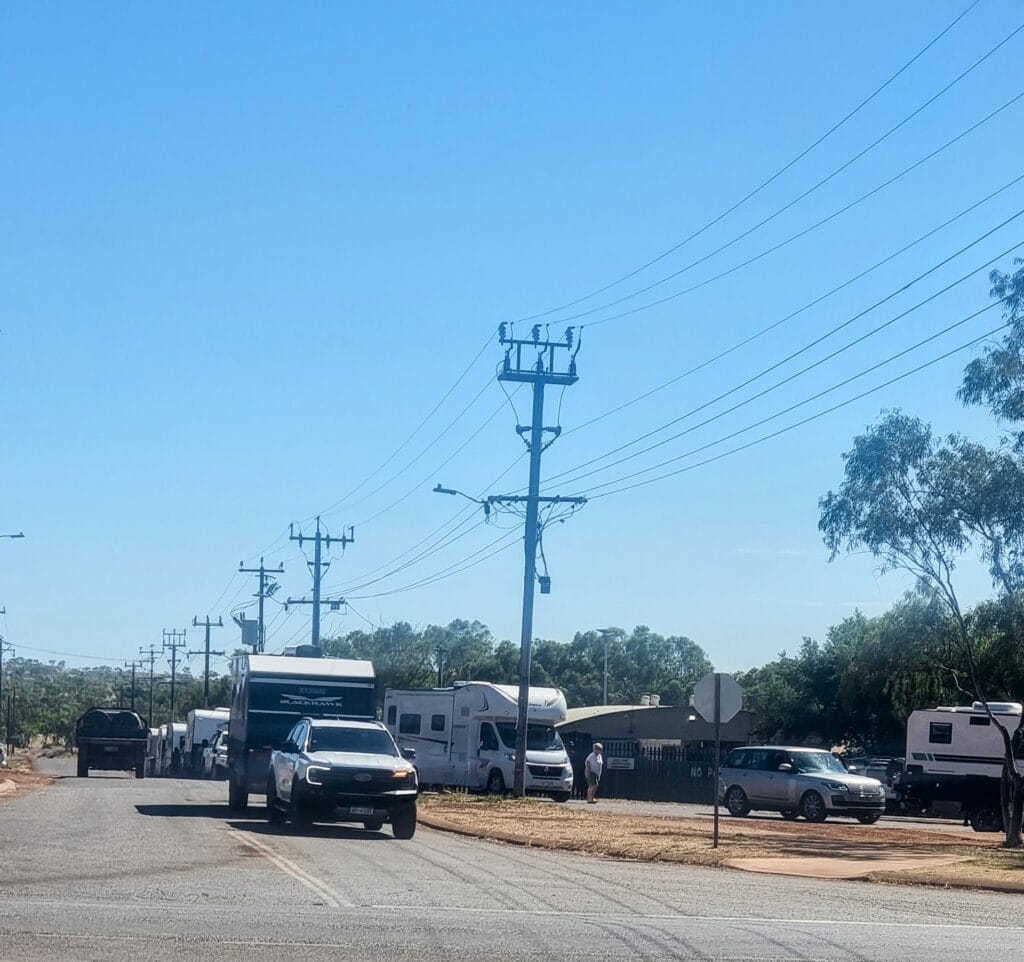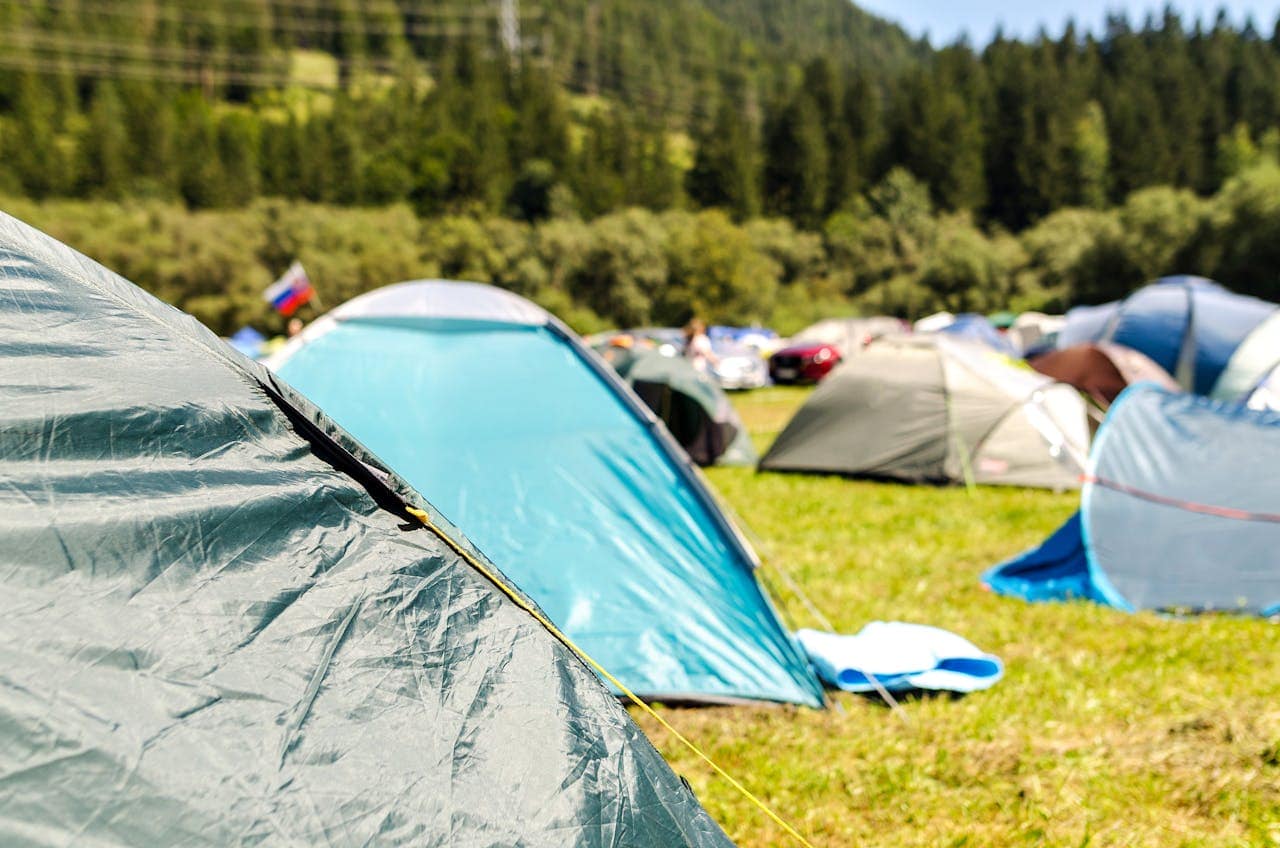Overtourism and Sustainability: Finding a Balance
Understanding Over-tourism and Its Impact on Sustainability

Defining Over-tourism
Over-tourism occurs when popular destinations receive more tourists than they can handle. This leads to overcrowding, strained infrastructure, and a diminished experience for tourists and locals. It’s a growing issue in many parts of the world, especially in well-loved destinations. Understanding the causes and effects of over-tourism is essential for addressing it effectively.
This week, Barcelona witnessed massive protests against over-tourism. Residents expressed frustration over the disruptive presence of tourists, who they claim make life in the city unbearable. The demonstrations highlight the urgent need for solutions to manage visitors’ flow and protect the locals’ quality of life.
The Impact on Local Communities and Environment
Over-tourism can significantly impact local communities and the environment. Increased foot traffic can lead to pollution, habitat destruction, and wear and tear on cultural sites. The influx of tourists can raise living costs. This increase makes it difficult for residents to afford housing and other necessities.
Additionally, the charm and authenticity of destinations can be compromised, turning unique locales into crowded, commercialised areas.
Australia, too, faces challenges related to over-tourism. The Great Barrier Reef is one of the country’s most iconic natural wonders. It suffers from coral bleaching partly due to the high number of visitors.
In Western Australia, the small town of Denmark struggles with a surge in tourists. This leads to environmental degradation. The increased footfall puts pressure on local infrastructure.
Strategies for Balancing Tourism and Sustainability
Implementing Sustainable Tourism Practices
Adopting sustainable tourism practices is crucial in managing over-tourism. This includes promoting eco-friendly accommodations, encouraging off-season travel, and educating tourists on respecting local cultures and environments. Sustainable travel practices can distribute tourist traffic more evenly and reduce negative impacts.
- Eco-Friendly Accommodations: Travellers should choose hotels and lodges that follow sustainable practices. These include using renewable energy, minimising waste, and conserving water.
- Off-Season Travel: Encouraging travel during off-peak times can help alleviate pressure on popular destinations. This benefits the environment and provides a more enjoyable experience for tourists without the crowds.
- Education: Educating tourists about the importance of sustainability and respectful behaviour can foster a culture of responsible travel. This includes respecting local customs, avoiding littering, and supporting local businesses.
Managing Visitor Flow and Infrastructure
Adequate visitor flow and infrastructure management are critical to balancing over-tourism and sustainability. This involves setting visitor limits, improving public transportation, and developing infrastructure that can handle tourist numbers without damaging the environment.
- Visitor Limits: Limiting the number of tourists allowed in certain areas can prevent overcrowding and reduce environmental impact. For example, some national parks and cultural sites require reservations to control the number of visitors.
- Public Transportation: Enhancing public transportation options can reduce traffic congestion and pollution. Providing convenient and sustainable transport options encourages tourists to use them instead of private vehicles.
- Infrastructure Development: It is essential to develop infrastructure that can withstand high tourist volumes without harming the environment. This includes building durable pathways, waste management systems, and facilities that promote sustainability.
Case Studies and Success Stories
Learning from successful examples can provide valuable insights into managing over-tourism. Several destinations have implemented effective strategies to balance tourism and sustainability.
- Iceland: Iceland has managed to handle a massive increase in tourism by investing in infrastructure and promoting off-season travel. The country has also implemented measures to protect its natural landscapes. One measure is limiting access to fragile areas. Another is promoting responsible tourism.
- Bhutan: Bhutan follows a high-value, low-impact tourism policy, charging a daily fee to tourists to control numbers and ensure sustainable development. This approach helps preserve the country’s cultural heritage and natural environment while generating revenue for local communities.
The Role of Technology in Managing Overtourism
Technology can play a significant role in addressing over-tourism. Innovative solutions can help manage tourist flow, enhance visitor experiences, and reduce environmental impact.
- Mobile Apps: Apps that provide real-time information on crowd levels at popular sites can help tourists plan their visits during less busy times. These apps can offer alternative attractions, spreading the tourist load more evenly.
- Virtual Tours: Virtual reality (VR) and augmented reality (AR) experiences can provide tourists with immersive experiences without physically being there. This can reduce the number of visitors to sensitive sites while still offering engaging ways to explore destinations.
- Data Analytics: Using data analytics to monitor tourist patterns and behaviors can help authorities make informed decisions on managing visitor flow and infrastructure. Predictive analytics can also anticipate peak times and prepare accordingly.
Verdict
Overtourism poses a significant challenge to many popular destinations worldwide, including Barcelona and various locations in Australia. By implementing sustainable tourism practices, managing visitor flow and infrastructure, and leveraging technology, we can find a balance that benefits tourists and local communities. Sustainable travel is essential for preserving our planet and ensuring that future generations can enjoy the beauty and culture of these destinations. Start planning your responsible travel today and make a positive difference. For more detailed insights, check out my guide on The Ultimate Guide to Sustainable Travel.

